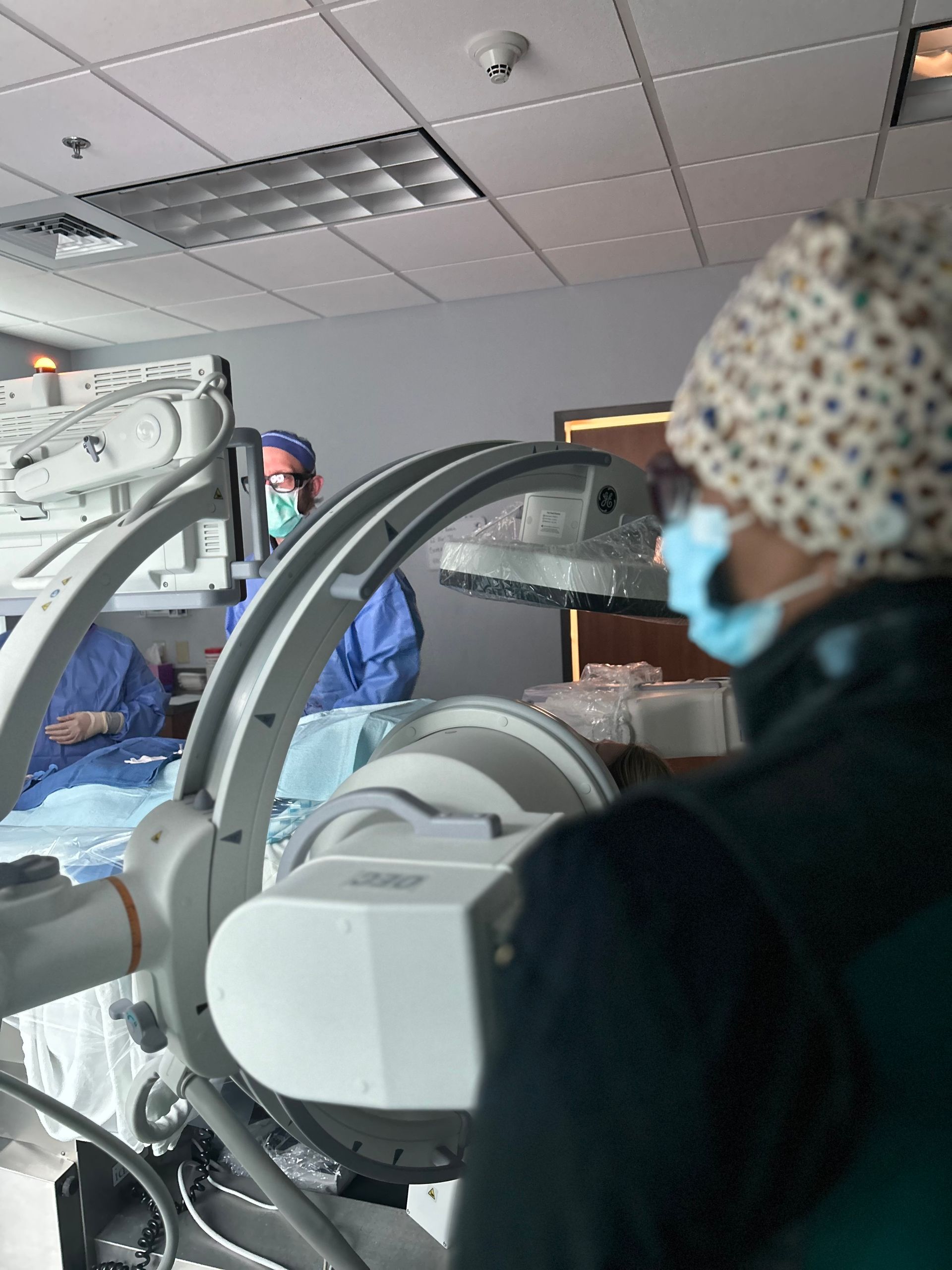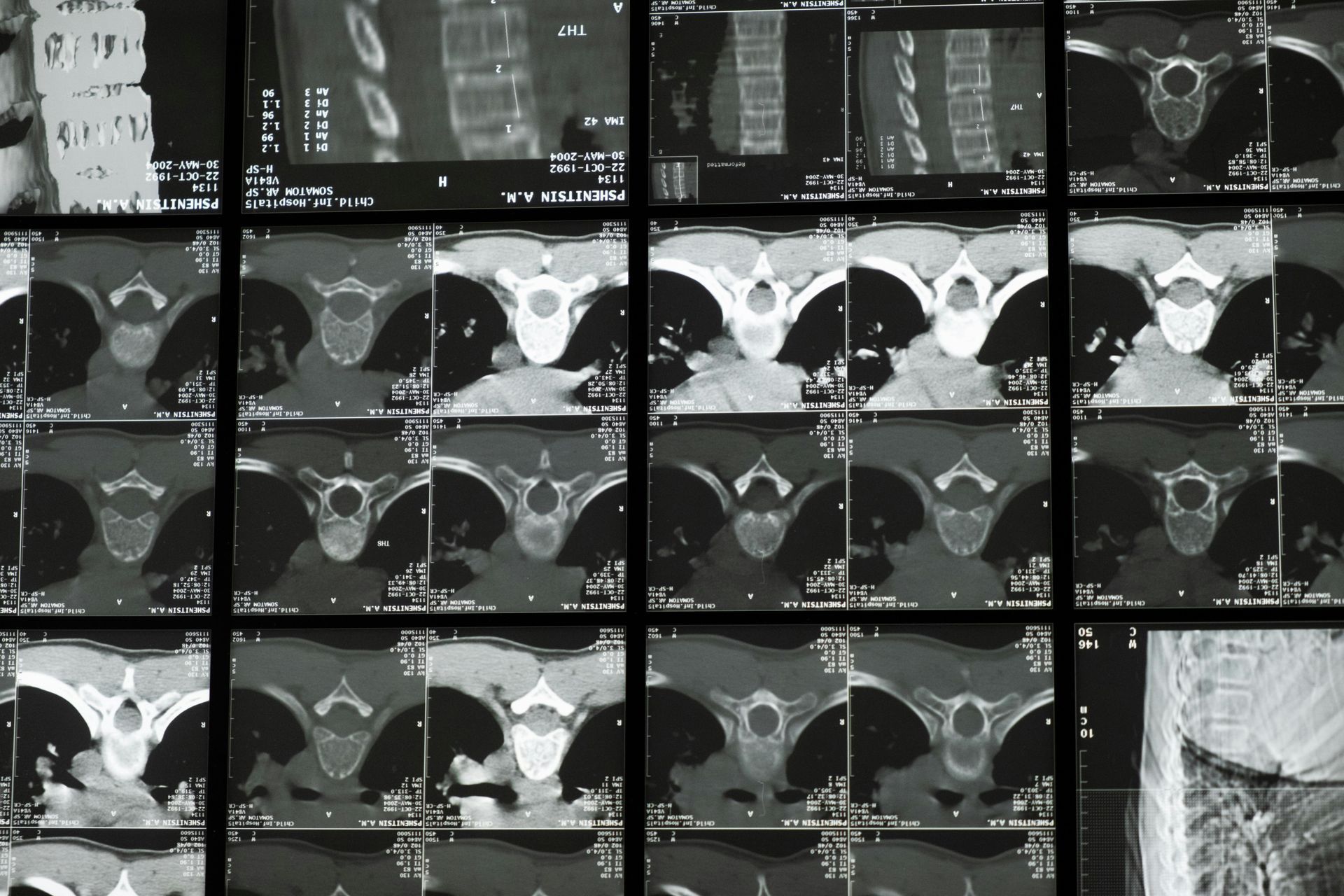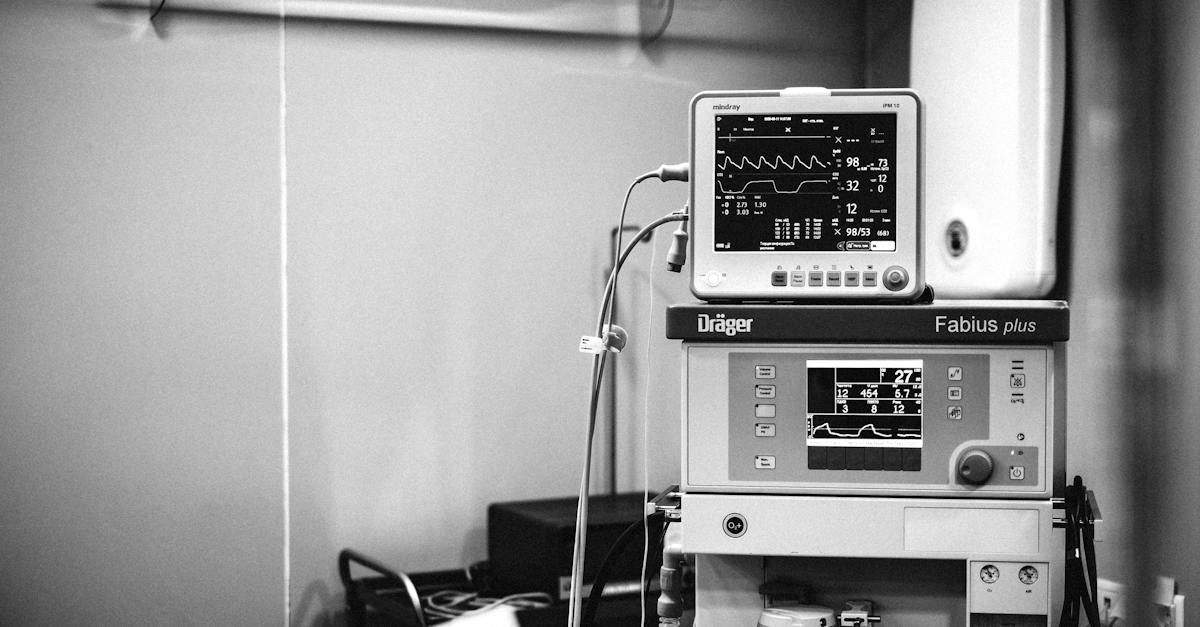Treatment of Osteoporotic Compression Fractures
Vertebroplasty And Kyphoplasty
Definition
The vertebrae are a series of bones that make up the spine. When one of them fractures, that can put pressure on surrounding nerves. This can cause intense pain and disability. The bones may be repaired with these procedures:
- In vertebroplasty, acrylic cement is injected into a fractured and collapsed vertebra (spinal bone). The cement strengthens the bone and decreases pain from the fracture.
- In kyphoplasty, a balloon is used to create a cavity to inject the cement into. This procedure is designed to relieve pain. It can also improve spinal deformities from the fractures.
Reasons for Procedure
Both procedures are used to decrease pain from osteoporotic or pathologic vertebral compression fractures.
Kyphoplasty also restores the height of the bone. This can decrease the spinal deformity caused by the fracture.
Other treatment for vertebral fracture may include nonsurgical treatments, such as bracing or use of pain medications.
Possible Complications
Problems from the procedure are rare, but all procedures have some risk. Your doctor will review potential problems, like:
- Leakage of the cement into the spinal canal or into adjacent veins
- Infection
- Bleeding
- Increased back pain
- Fracture of adjacent vertebra or ribs
- Numbness, tingling
- Paralysis
Your doctor may feel that the risks of these procedures are too great if you have:
- Vertebral fractures that extend into the spinal canal area
- Radiculopathy—irritation of a nerve root in the area of the fracture that often causes areas of numbness, tingling, or weakness in the leg
- Bleeding disorders
- Unusually soft or porous bones
If you have vertebral fracture due to osteoporosis, vertebroplasty may not be as effective.
Before your procedure, talk to your doctor about ways to manage factors that may increase your risk of complications such as:
- Smoking
- Drinking
- Chronic disease such as diabetes or obesity
What to Expect
Prior to Procedure
- You will receive a complete physical exam and blood tests.
- You will have imaging studies of your back to identify the nature of the fracture, such as:
- X-ray
- Bone scans
- MRI scan
- CT scan
- Talk to your doctor about your medications. You may be asked to stop taking some medications up to one week before the procedure.
- You will need to stop eating at least 6 hours prior to the procedure. Stop drinking fluids about 3-6 hours prior to the procedure.
Anesthesia
- Most are done using only IV sedation and local anesthesia. The sedation will help you relax. The local will numb the area above the fractured bone.
Description of Procedure
Vertebroplasty
You will be asked to lie down on your stomach. X-ray cameras will be positioned around you. The cameras will show images of the bone. Your doctor will use this to verify the position of the needles and cement.
The skin over the fractured bone will be numbed and sterilized. A hollow needle will be passed into the vertebra. The acrylic cement will be mixed into a toothpaste-like consistency. An added substance, called barium, will improve the images. When the needle position is ideal, the cement will be injected into the fractured bone. The doctor will watch the cement as it enters the bone to check for leaks.
Kyphoplasty
Your doctor will begin by making a small incision in your back. A tiny drill will be used to create an opening in the bone. A special balloon will be passed through. The balloon will be inflated to open the space and correct the deformity. After the balloon is removed, acrylic cement will be injected into the cavity. This will help to maintain the correction.
Immediately After Procedure
You may have a CT scan to confirm the position of the cement. You will stay on your stomach for about 10-20 minutes. This will allow the cement to harden. You will then be moved to a recovery room. You will be asked to lie on your back for another hour or so.
How Long Will It Take?
40 minutes to 2 hours
How Much Will It Hurt?
You may feel some initial pain due to lying on your stomach. Many notice immediate and significant relief from pain.
Average Hospital Stay
You will usually only need to stay in the hospital for a few hours. You may need to stay longer if you have any complications.
Post-procedure Care
At the Hospital
You will be monitored for a few hours for any complications.
During your stay, the hospital staff will take steps to reduce your chance of infection such as:
- Washing their hands
- Wearing gloves or masks
- Keeping your incisions covered
There are also steps you can take to reduce your chances of infection such as:
- Washing your hands often and reminding visitors and healthcare providers to do the same
- Reminding your healthcare providers to wear gloves or masks
- Not allowing others to touch your incisions
At Home
You may notice some discomfort at the site of the needle insertion or the tiny incision. This is often relieved through the use of an ice pack (use only for 15 minutes per hour).
Acetaminophen or nonsteroidal anti-inflammatory drugs (NSAIDs) may also help. You may also be given medication to prevent muscle spasm.
Call Your Doctor
It is important to monitor your recovery. Alert your doctor to any problems. If any of the following occur, call your doctor:
- Signs of infection, including fever and chills
- Redness, swelling, increasing pain, excessive bleeding, or any discharge from the incision site or the needle insertion site
- Severe back or rib pain
- Cough, shortness of breath, or chest pain
- New numbness, tingling, or weakness












